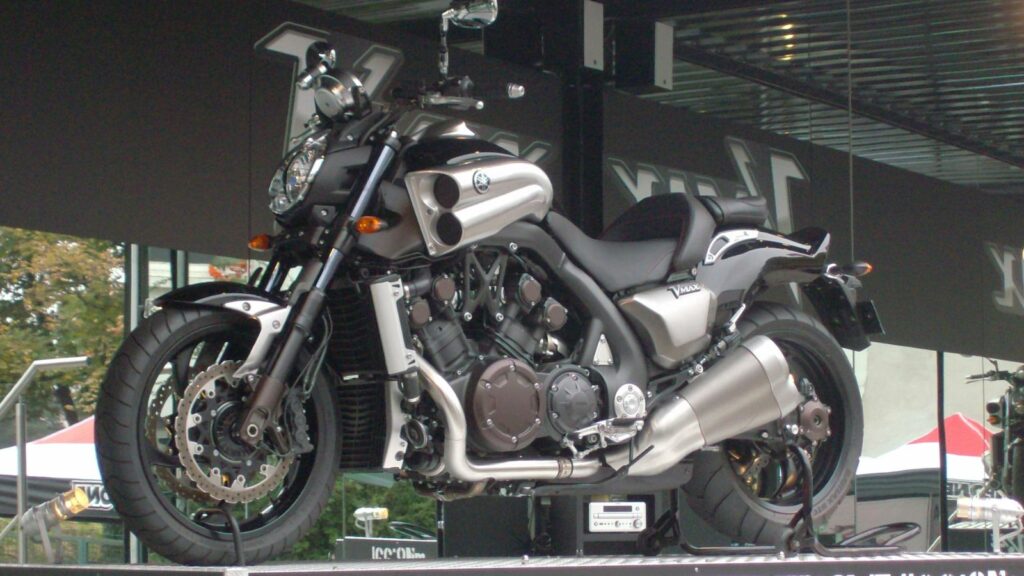The muscle bike as a concept has been part of motorcycling for decades. Born from the desire to combine raw power with aggressive styling, these machines were designed to dominate straight lines and intimidate everything else on the road. Two motorcycles in particular stand out for bringing the category into the modern age: the Yamaha VMAX 1700 and the Ducati Diavel. These two bikes, arriving from completely different design cultures, helped shape what is now recognized as the “ultra muscle bike.” The Yamaha was pure Japanese engineering excess, carrying forward drag strip heritage with unrelenting force, while Ducati took an unexpected leap into new territory, creating a bike that combined cruiser attitude with sport bike agility. Together, they redefined muscle biking for a new generation of riders.
The VMAX Legacy
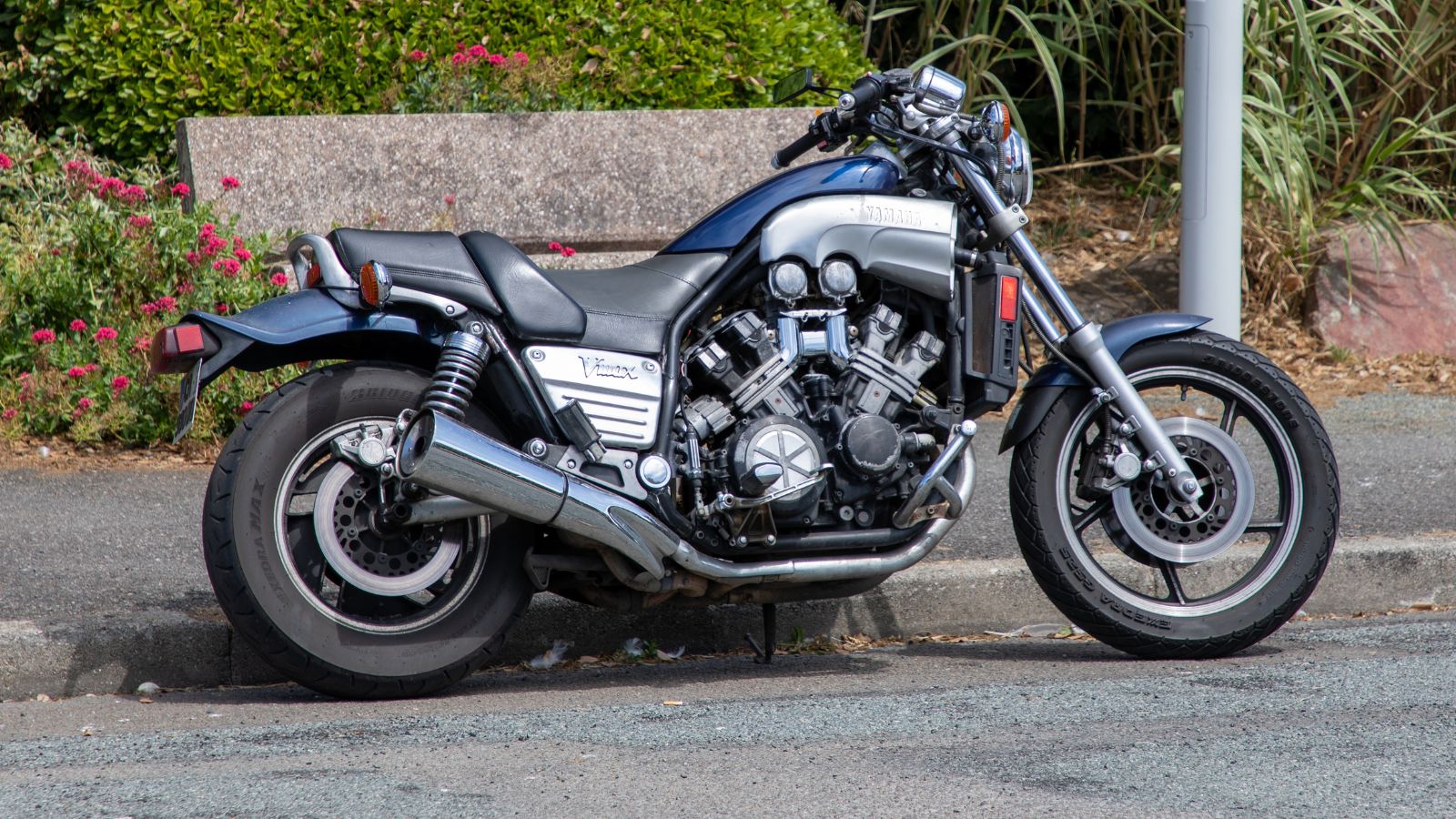
The Yamaha VMAX first appeared in the 1980s, shocking the motorcycle world with its sheer audacity. By the time the 1700 version arrived in 2009, the VMAX had already cemented itself as a cult classic. Yamaha knew it could not simply refresh the old formula; it had to take everything to extremes. For Canadian riders, the reintroduction was a moment of nostalgia wrapped in modern performance, a reminder that some legends only get better with age.
The Massive V4 Engine
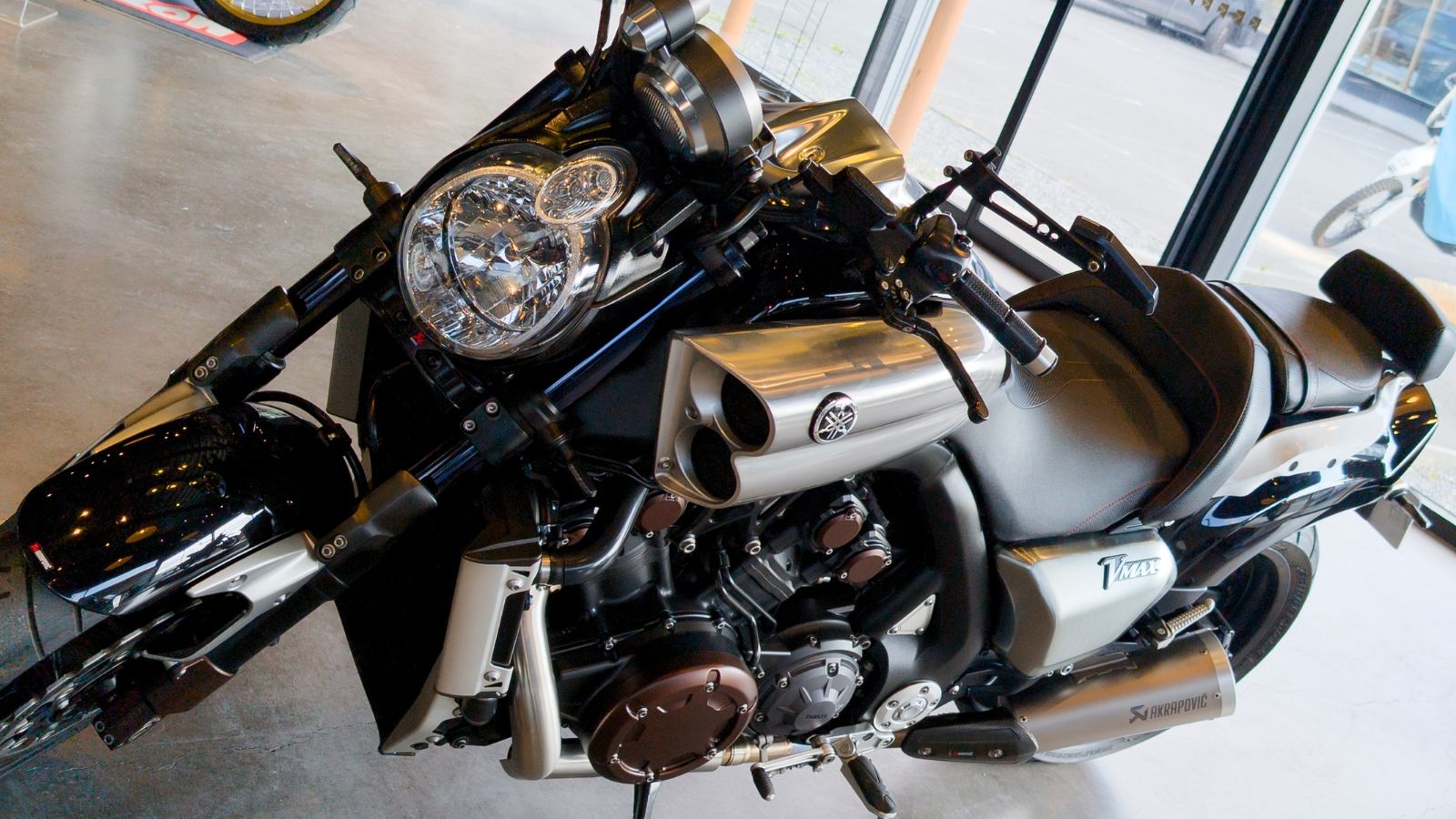
At the heart of the VMAX 1700 was a 1679cc liquid cooled V4 engine, a configuration that set it apart from the more common inline fours and V twins. The displacement alone was jaw dropping, and the way it delivered power was unlike anything else of its era. Riders in Canada often described it as endless thrust, pulling hard from the bottom and never really letting up.
Horsepower Figures to Match Supercars
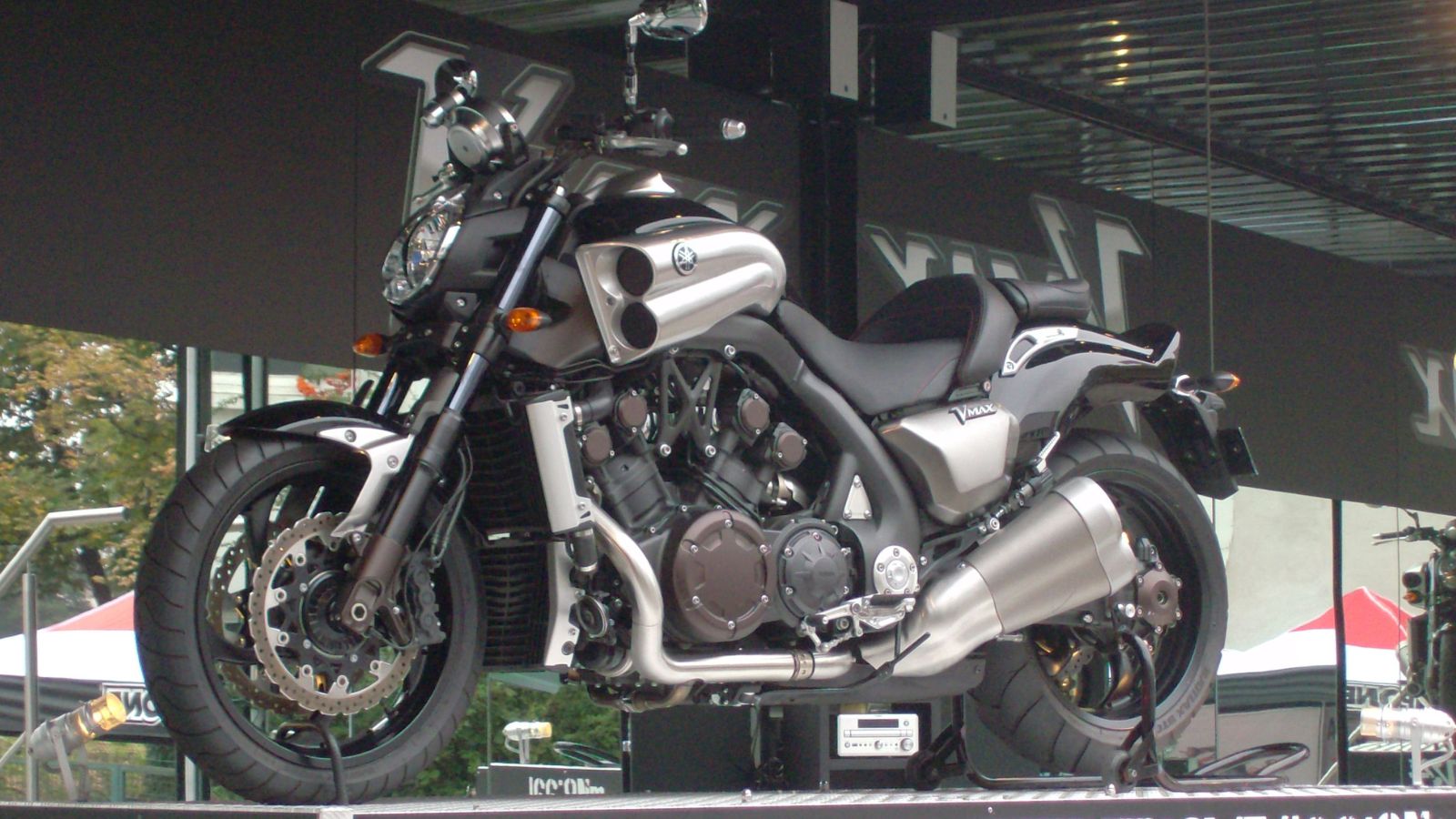
Nearly 200 horsepower from a production motorcycle was unheard of for many in 2009, especially one styled as a muscle bike rather than a sport bike. Combine that with over 120 pound feet of torque, and you had performance numbers that rivaled exotic supercars. Canadian VMAX owners often remarked that twisting the throttle felt like launching a rocket, with acceleration that left both cars and bikes scrambling to keep up.
Styling That Screamed Muscle
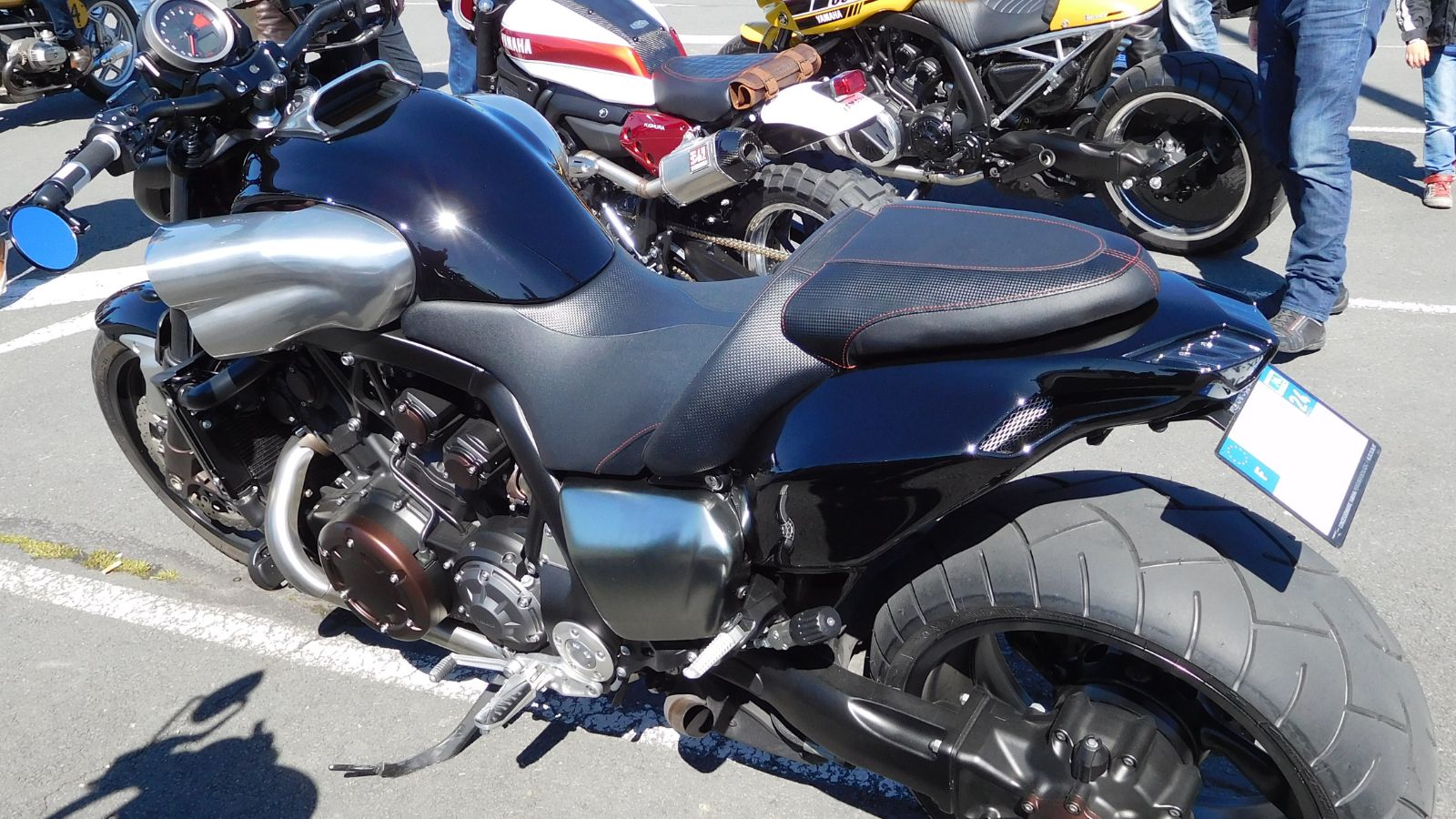
The VMAX’s look was as important as its performance. Oversized air intakes on either side of the tank, massive rear rubber, and a low stretched stance gave it presence like nothing else on the road. It was the kind of motorcycle that looked fast even when sitting still in a parking lot in downtown Toronto or Vancouver. For some riders, the styling was polarizing, but for most, it was exactly the point — a motorcycle that didn’t blend in but announced itself with authority.
Shaft Drive Durability
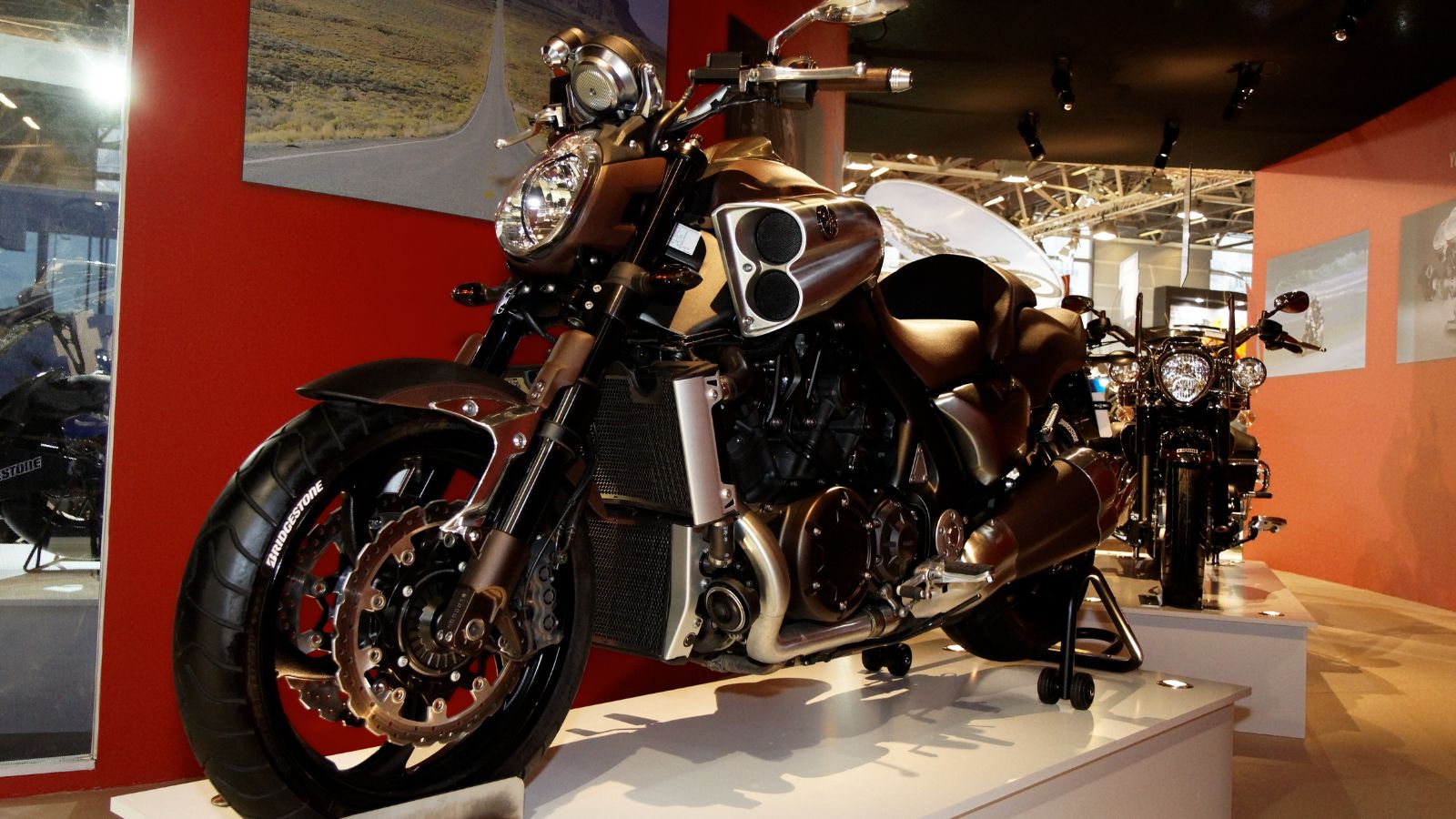
All that torque needed a drivetrain that could take punishment, and Yamaha equipped the VMAX with a shaft drive. This not only gave the bike durability but also reduced maintenance compared to chains, something Canadian riders especially valued in a country where long highway miles and harsh conditions could quickly chew up conventional drive systems.
Ducati Surprises the World
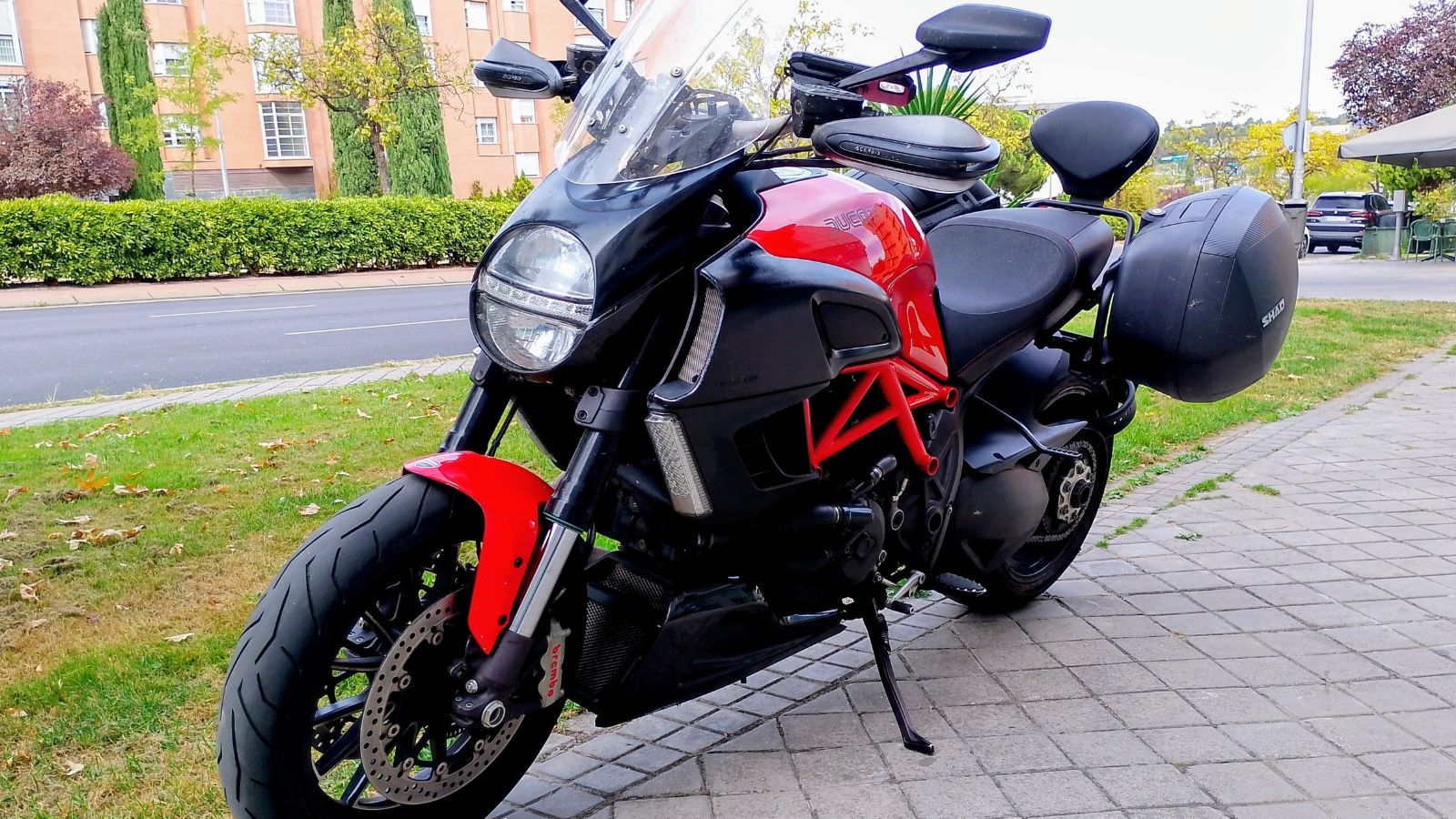
Ducati’s entry into the muscle bike segment was unexpected. Known for race winning superbikes and exotic Italian design, few could have predicted that the company would release a motorcycle aimed squarely at Yamaha’s long standing VMAX. Yet in 2011, Ducati unveiled the Diavel, a bike that refused to be neatly categorized. It wasn’t a cruiser, it wasn’t a superbike, but it was all muscle.
The Italian Powerplant
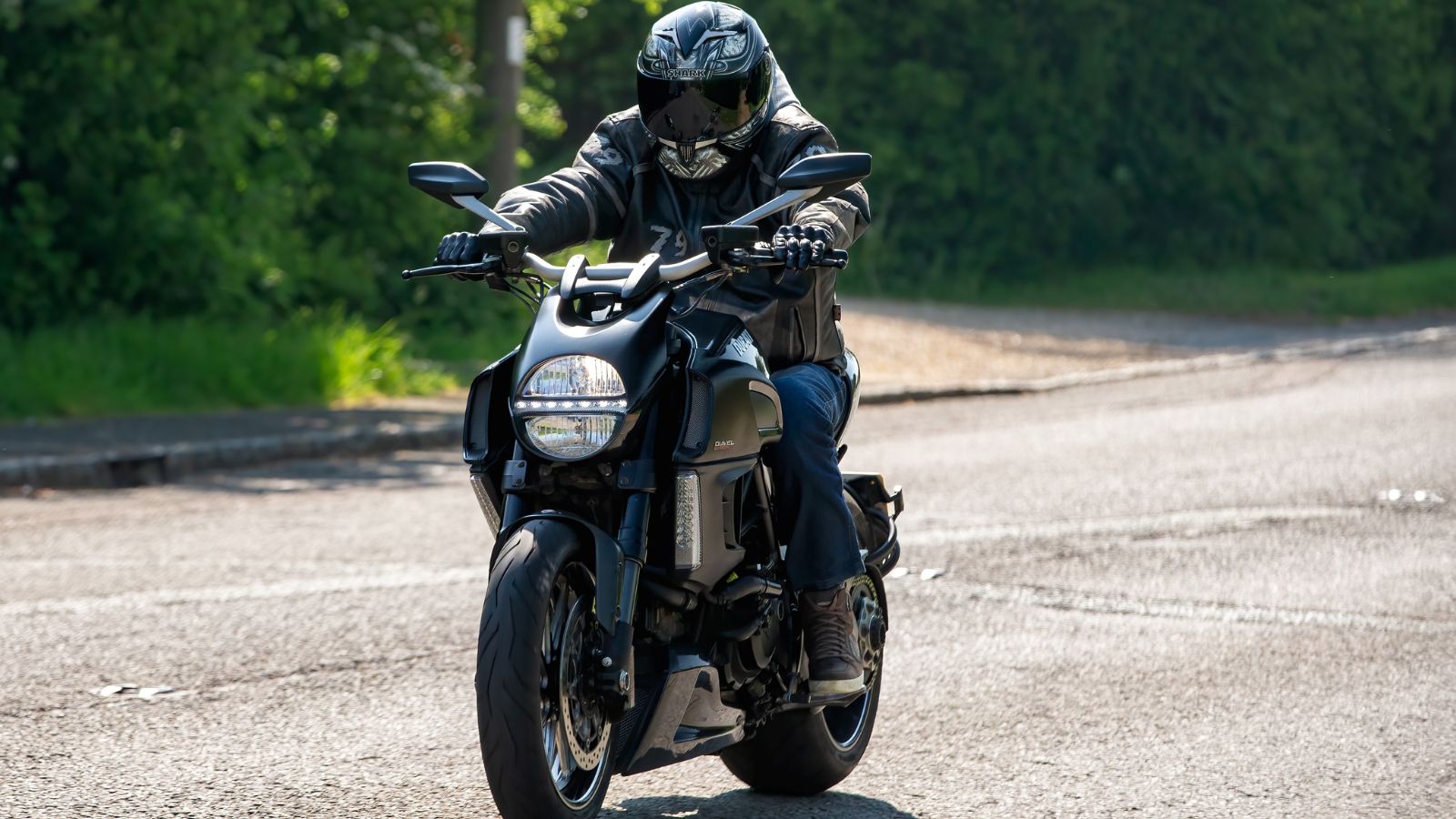
The Diavel’s 1198cc Testastretta L twin was derived from Ducati’s superbike program, producing around 162 horsepower. While less than the VMAX on paper, the way it delivered power was classic Ducati — a punchy midrange combined with enough top end to keep any rider satisfied. Canadians who tested the Diavel found it thrilling not just for its numbers but for how alive it felt on the road.
Aggressive Styling
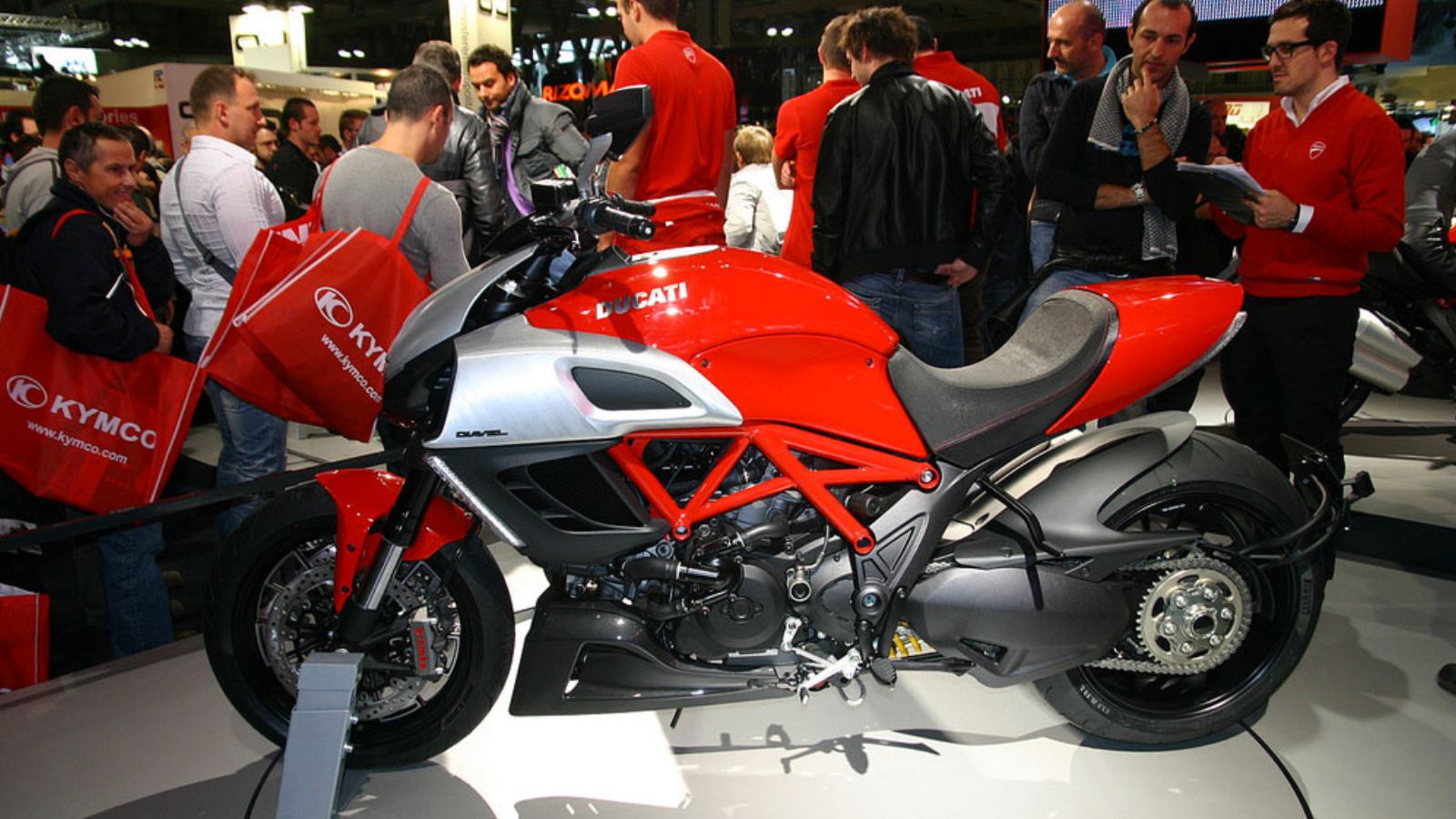
The Diavel looked like nothing Ducati had ever built before. Its hunched stance, wide rear tire, and muscular bodywork gave it a dramatic, almost superhero quality. In Canadian cities, the Diavel was a magnet for attention. Riders who parked one on a busy street could expect curious questions and admiring stares. It was a design exercise that turned Ducati into a conversation starter beyond the sport bike crowd.
Handling That Defied Its Size
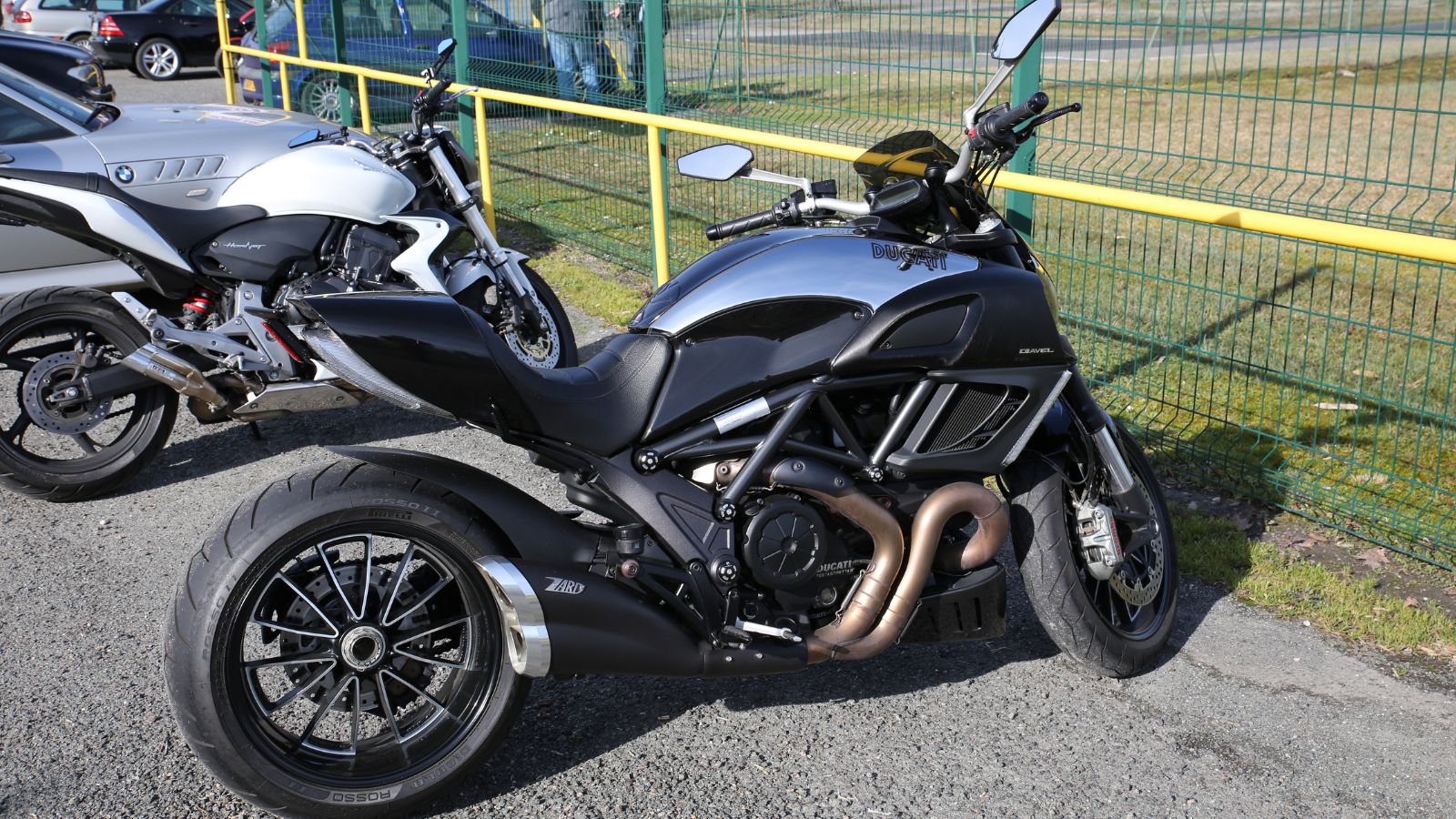
Unlike most muscle bikes, the Diavel could actually handle. Ducati engineers worked their magic with a trellis frame and sport oriented suspension. Despite its 240 section rear tire, the Diavel leaned into corners with surprising agility. Canadian riders who were used to big cruisers being sluggish in the bends were amazed at how nimble it felt.
Packed With Electronics
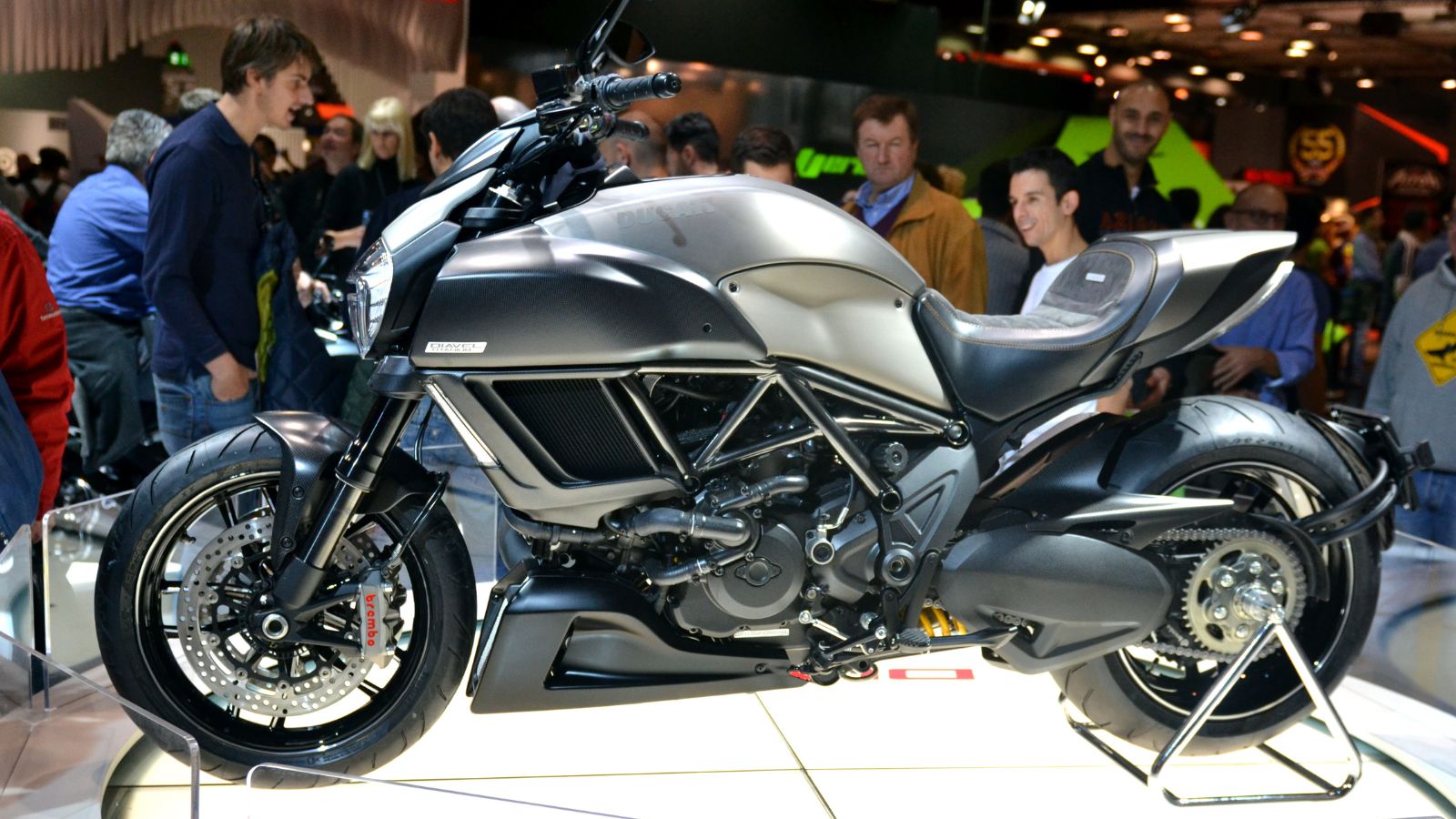
The Diavel arrived with a suite of electronic aids that rivaled superbikes. Multiple riding modes, traction control, and ABS made it one of the most advanced motorcycles of its type. Riders could dial in aggression or comfort depending on conditions, which made it more versatile than the Yamaha VMAX.
Surprisingly Light
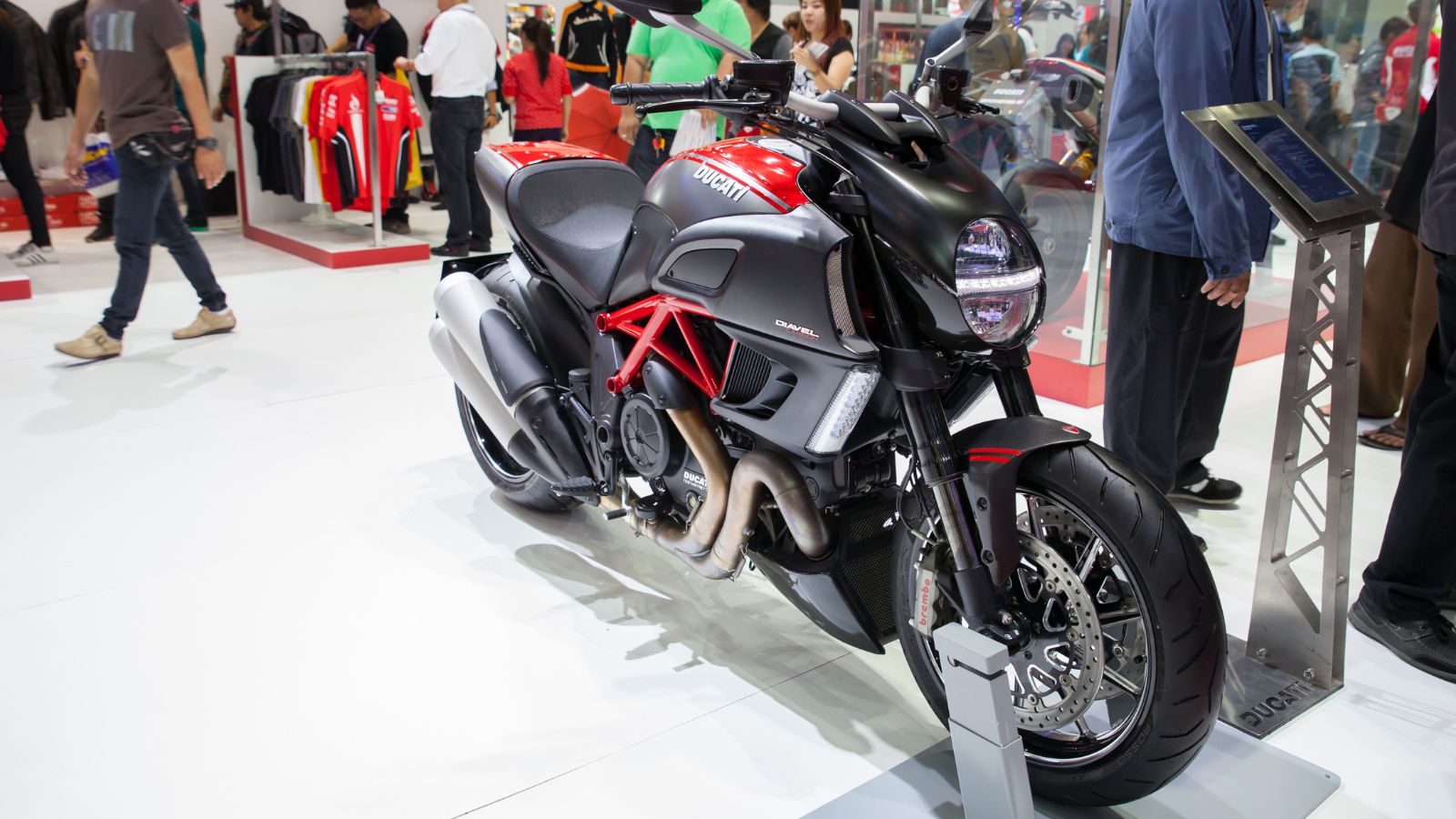
The Diavel’s relatively low weight compared to rivals gave it a huge advantage in agility. Ducati knew that a muscle bike didn’t have to feel like a tank, and Canadian riders noticed how easy it was to maneuver in city traffic or on winding country roads.
A Distinctive Roar
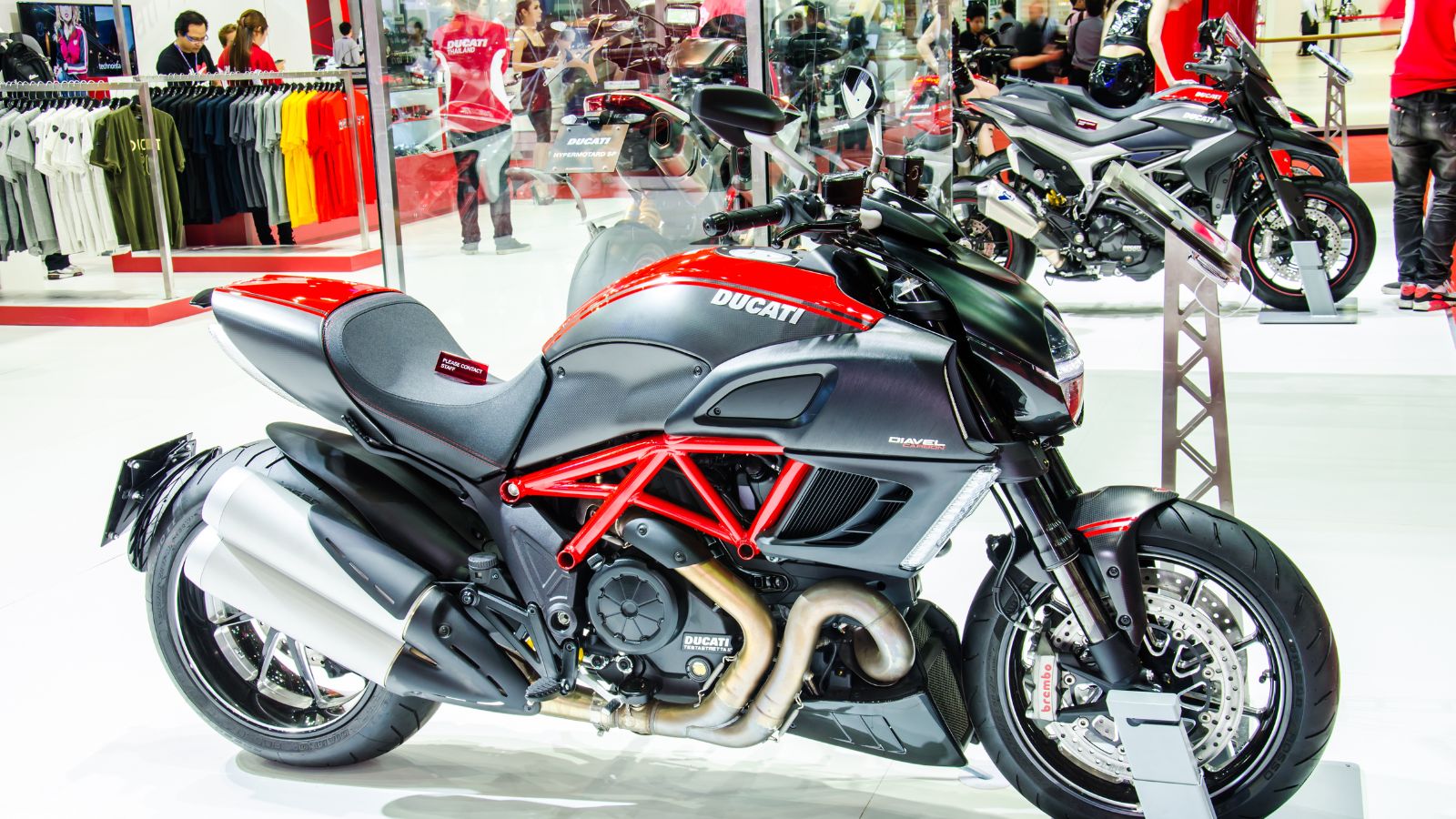
The sound of the L twin was unmistakable. Deep, aggressive, and with a metallic edge, it was pure Ducati. Canadians often said the Diavel was as enjoyable to listen to as it was to ride, especially with aftermarket exhaust systems that amplified its character.
Comfort Hidden in the Design
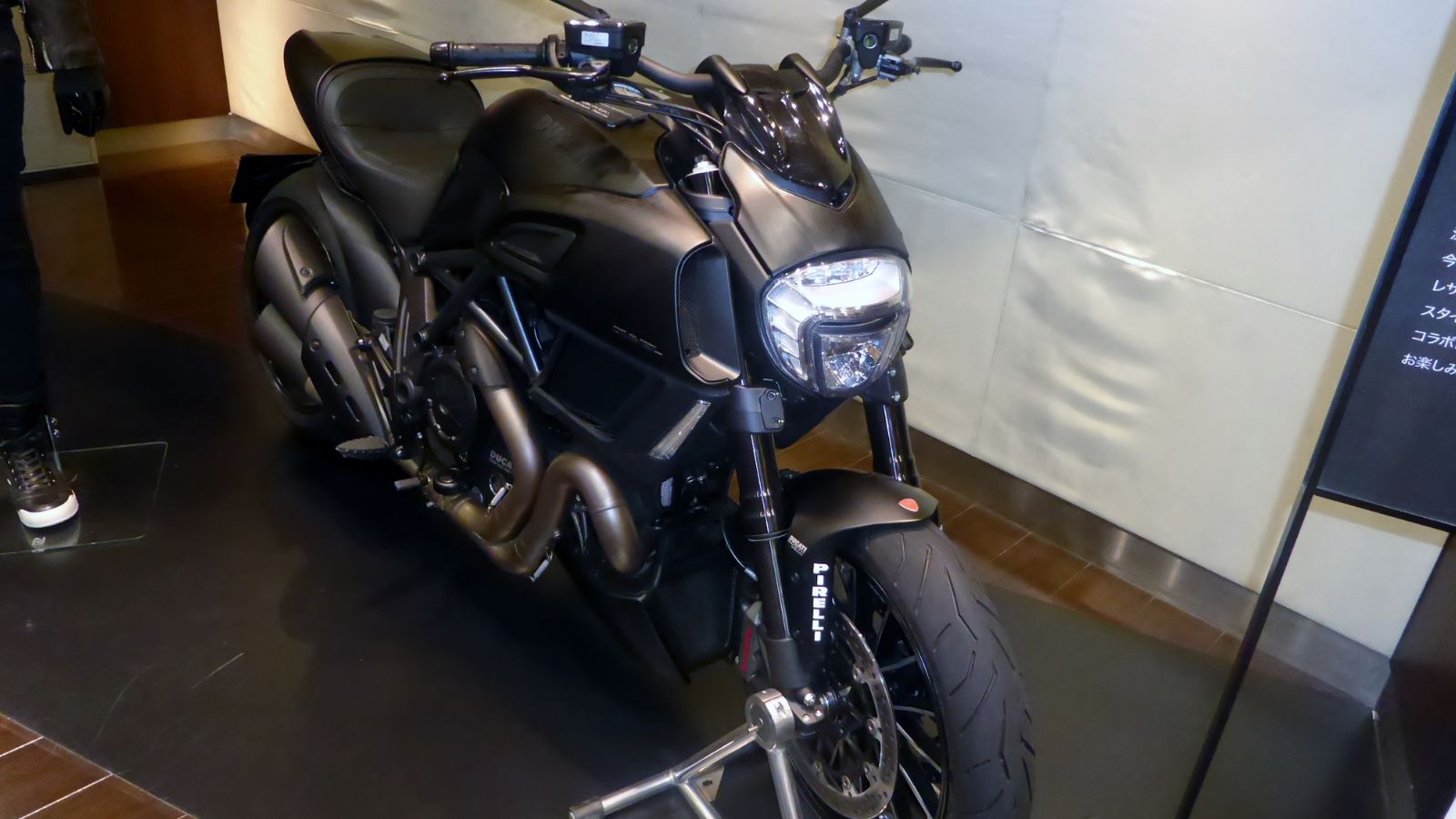
Despite its radical looks, the Diavel offered ergonomics that worked for long distance riding. The upright position, wide bars, and supportive seat made it a bike that could devour Canadian highways as well as carve through backroads. This versatility was one of the reasons it attracted riders who might not normally consider a Ducati.
Variants and Legacy
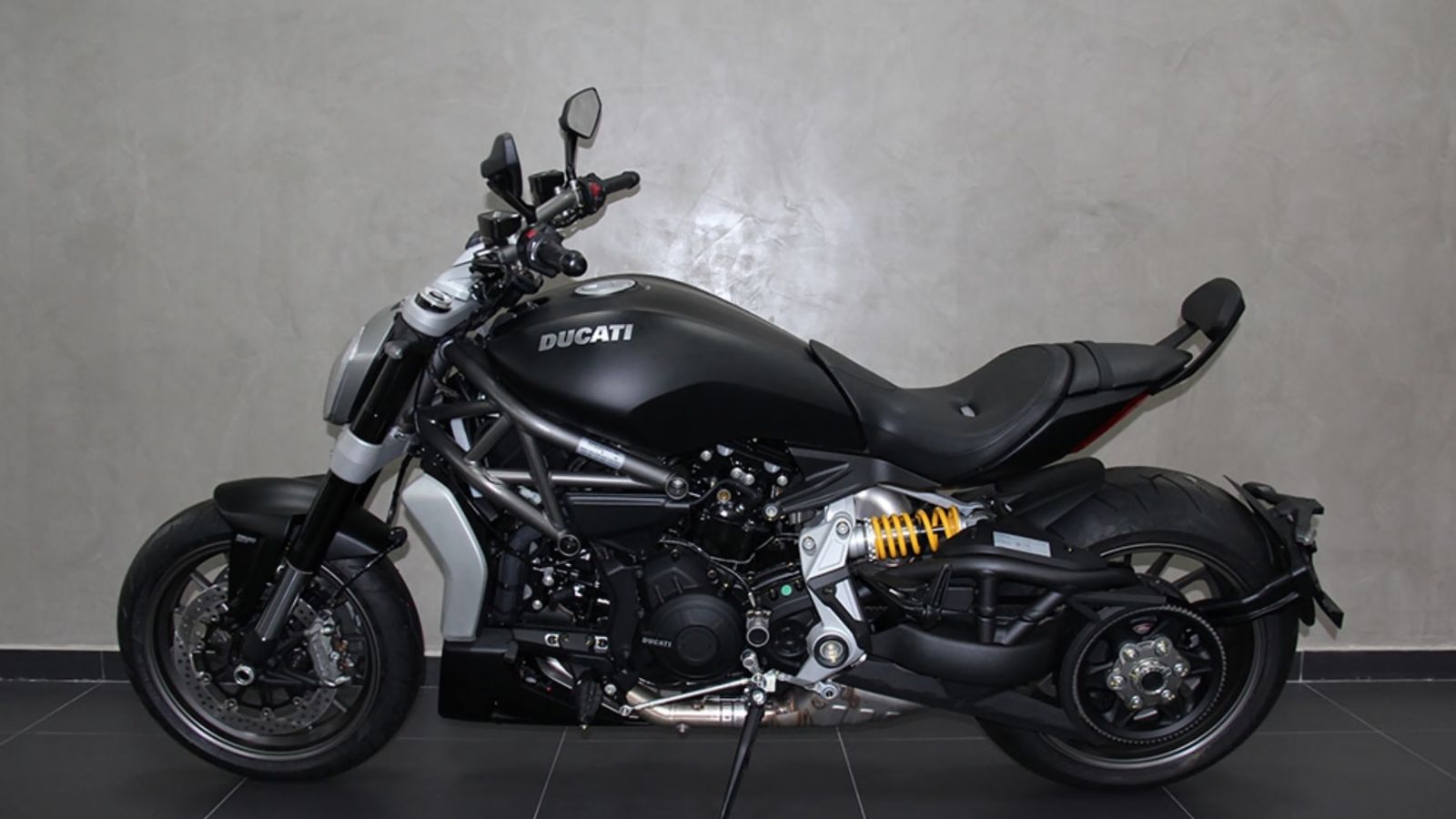
The Diavel soon spawned new versions, including the XDiavel which leaned further into cruiser comfort while retaining the core muscle identity. This proved that Ducati was serious about staying in the category. The original Diavel, however, remains the one that redefined what a muscle bike could be.
Challenging Yamaha’s Throne
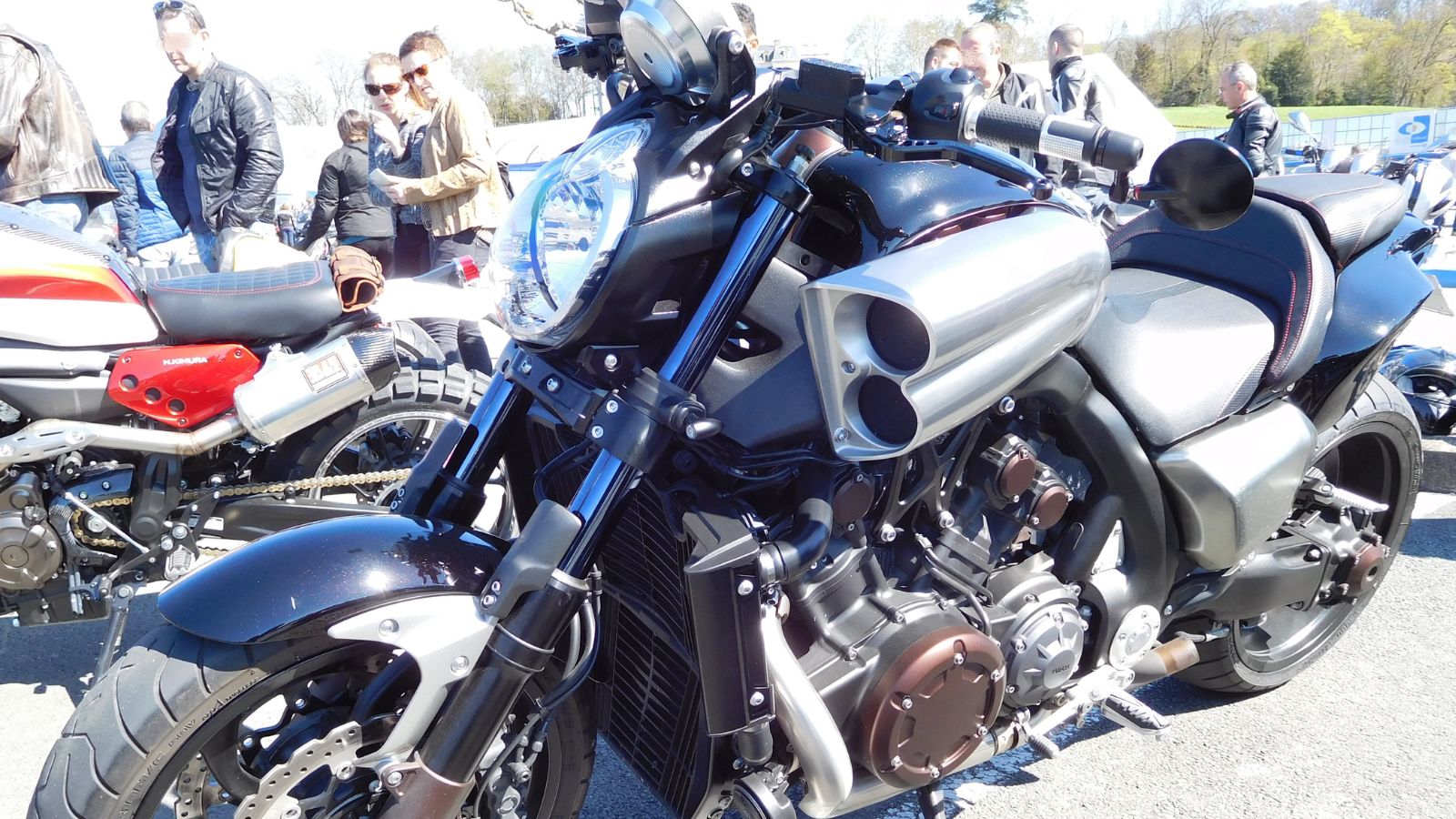
The Diavel didn’t just enter the muscle bike market — it challenged Yamaha’s long standing dominance. Where the VMAX focused on raw acceleration and intimidation, the Diavel showed that a muscle bike could also be refined, stylish, and agile. Canadian riders suddenly had a choice between brute force and Italian sophistication, and many saw the Diavel as proof that the muscle bike concept could evolve.
Japan Meets Italy
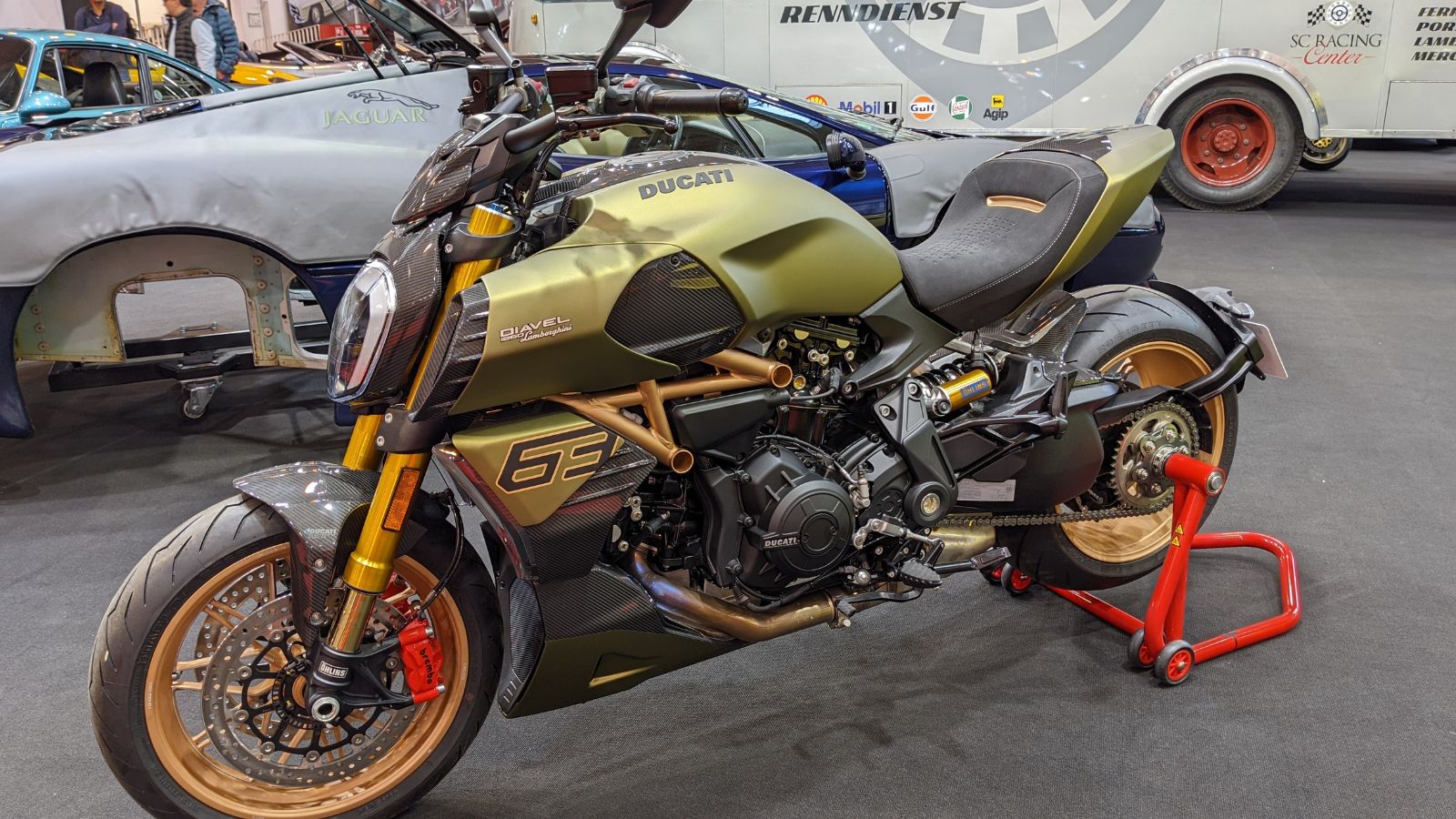
The Yamaha VMAX 1700 and Ducati Diavel may have come from different philosophies, but together they created the foundation for the modern ultra muscle bike. The VMAX delivered intimidation, raw displacement, and acceleration that bordered on absurd. The Diavel added agility, technology, and design flair, proving that a muscle bike could be more than just a straight line monster.
Defining the Ultra Muscle Bike
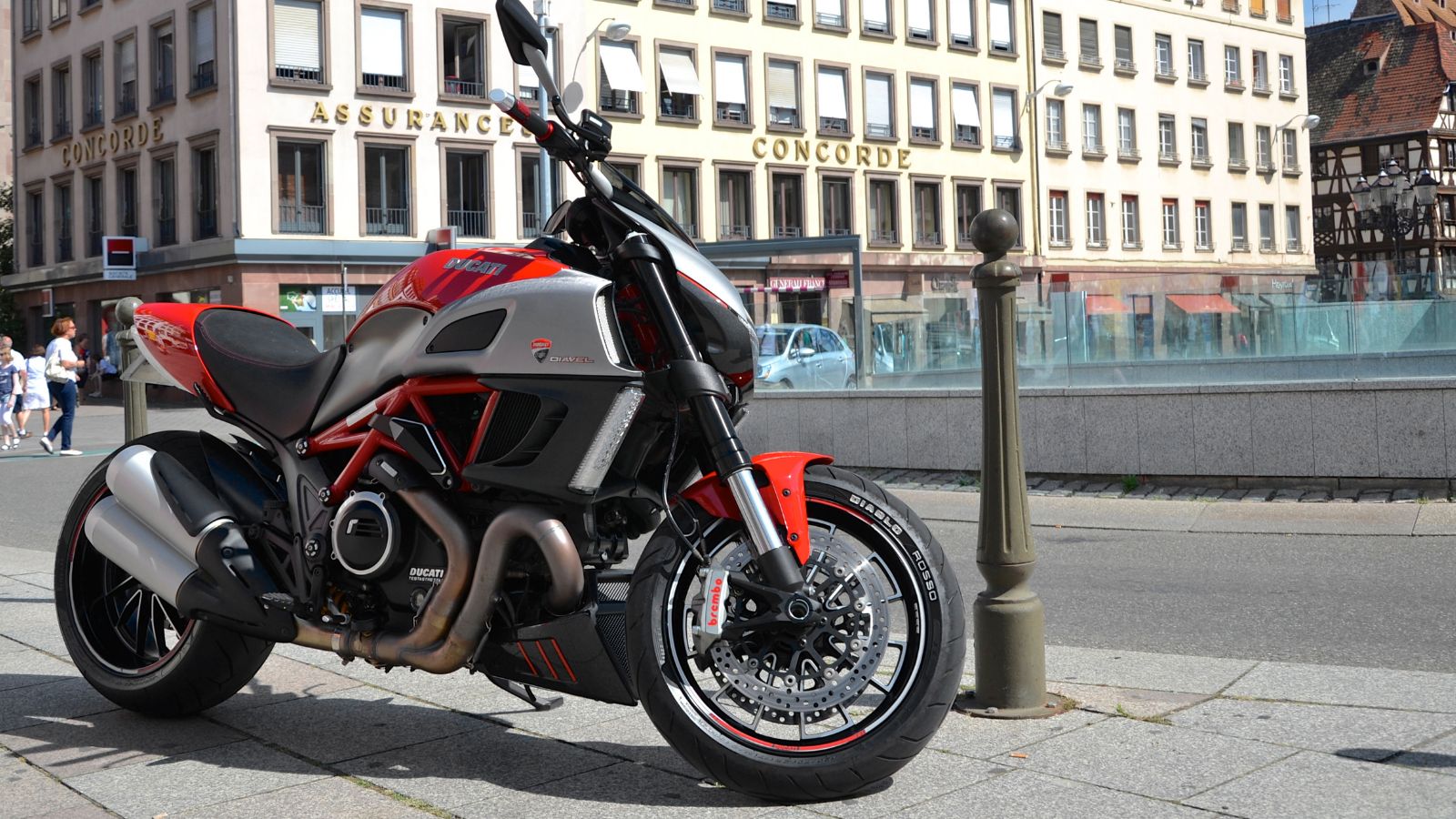
For Canadian riders, these two bikes set the benchmark for what a true modern muscle bike should be. They showed that it was not just about speed but about attitude, presence, and identity. The VMAX remained the hammer while the Diavel became the scalpel, yet both achieved the same goal. They reminded riders that motorcycles are not only about getting from point A to B but about turning every ride into a performance, one that still echoes on the streets today.
25 Facts About Car Loans That Most Drivers Don’t Realize

Car loans are one of the most common ways people fund car purchases. Like any other kind of loan, car loans can have certain features that can be regarded as an advantage or a disadvantage to the borrower. Understanding all essential facts about car loans and how they work to ensure that you get the best deal for your financial situation is essential. Here are 25 shocking facts about car loans that most drivers don’t realize:
25 Facts About Car Loans That Most Drivers Don’t Realize
